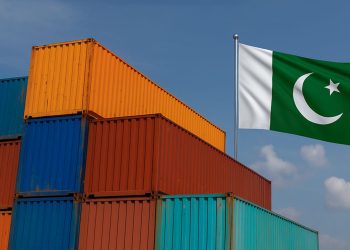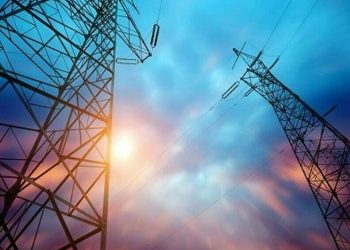The government is considering raising petrol levy rates to a record Rs60 per litre on petroleum goods, which might further fuel inflation. This hike is part of the government’s ambition to raise Rs2.9 trillion in non-tax income in the coming fiscal year.
The idea seeks to provide additional budgetary space for expenditures, as the government expects a 30% rise in expenditure on pension payments and civil government operations over the original budget for this year.
According to sources, the Ministry of Finance has recommended hiking the levy rate by Rs10 per litre in order to earn approximately Rs870 billion from this source during the fiscal year 2023-24. The current price per litre is Rs50.
Despite the expectation that crude oil prices will rise to $100 per barrel by the end of the year as a result of Saudi Arabia’s 100,000 barrels per day output cut, the Ministry of Finance has proposed raising interest rates. Petroleum prices are expected to remain high in the coming fiscal year, with the central bank projecting an average exchange rate of Rs308 per dollar.
The government has set a target of Rs855 billion in collecting from the petroleum levy for the current fiscal year. However, the collection for the first nine months of this fiscal year was only Rs362 billion.
Profits from the State Bank of Pakistan (SBP) are another substantial source of non-tax revenue. According to sources, the finance ministry now forecasts this category’s income to be Rs1.1 trillion, up from Rs920 billion previously.
Non-tax revenues are not shared with the provinces, and the federal government is increasingly relying on these sources to fund its expenditures. The government may also explore other sources, such as wealth tax and windfall levy on banks, to achieve the target of collecting Rs2.9 trillion in non-tax revenues for the next fiscal year, said the sources.
For the current fiscal year, the government aimed to generate Rs1.9 trillion in non-tax revenues.
The government faces challenges in finding innovative ways to increase tax collection, as internal politics hinder the implementation of recommendations from the Reform and Revenue Mobilisation Commission (RRMC). According to the RRMC report, implementing five measures could generate an additional Rs 635 billion in revenues during the next fiscal year. One of the recommended measures is ending the final tax regime for exporters, which could generate Rs300 billion in annual revenues for the Federal Board of Revenue (FBR).
Internal politics impede the implementation of the Reform and Revenue Mobilisation Commission’s (RRMC) recommendations, so the government confronts difficulty in developing novel ways to improve tax collection. Implementing five initiatives, according to the RRMC analysis, might yield an additional Rs635 billion in revenue over the next fiscal year. Ending the final tax system for exporters is one of the recommended solutions, which could yield Rs300 billion in annual revenue for the Federal Board of Revenue (FBR).
Exporters are currently taxed under the Final Tax Regime and are exempt from FBR audits. The RRMC proposes bringing exporters into the regular tax regime by putting them in the Minimum Tax Regime.
According to the RRMC report, raising the income tax rate for the non-corporate sector might yield an additional Rs150 billion in revenue.
Spending cuts remain a big challenge for the government. Pension spending is expected to reach Rs780 billion in the next fiscal year, up Rs172 billion or 28% from the original budget for this year. Furthermore, the cost of running the civil administration is expected to be Rs720 billion, an increase of Rs167 billion or 30%.
According to sources, the budget deficit for the fiscal year 2023-24, or the difference between expenses and income, is expected to be roughly 7.4% of GDP or approximately Rs 7.8 trillion in rupees.
The government has made slight changes to its earlier projected budget figures. The overall primary budget might show a slightly positive balance due to provincial cash surpluses. The overall budget deficit could be around 6.8% of the GDP or approximately Rs7.2 trillion.



